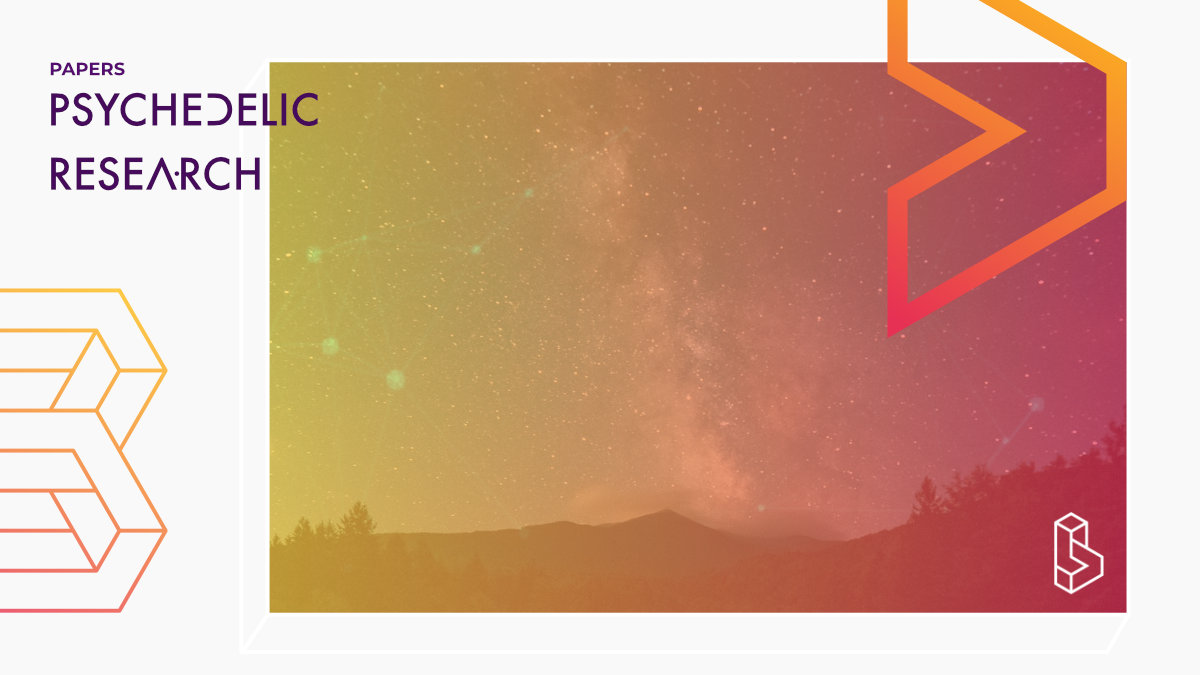This study (2007) identifies the biological reasons, the specific regulation of Gi/o proteins and Src, why psychedelics that affect the 5-HT2A receptor have hallucinogenic effects while agonists (lusuride) do not.
Abstract
“Hallucinogens, including mescaline, psilocybin, and lysergic acid diethylamide (LSD), profoundly affect perception, cognition, and mood. All known drugs of this class are 5-HT2A receptor (2AR) agonists, yet closely related 2AR agonists such as lisuride lack comparable psychoactive properties. Why only certain 2AR agonists are hallucinogens and which neural circuits mediate their effects are poorly understood. By genetically expressing 2AR only in cortex, we show that 2AR-regulated pathways on cortical neurons are sufficient to mediate the signaling pattern and behavioral response to hallucinogens. Hallucinogenic and nonhallucinogenic 2AR agonists both regulate signaling in the same 2AR-expressing cortical neurons. However, the signaling and behavioral responses to the hallucinogens are distinct. While lisuride and LSD both act at 2AR expressed by cortex neurons to regulate phospholipase C, LSD responses also involve pertussis toxin-sensitive heterotrimeric Gi/o proteins and Src. These studies identify the long-elusive neural and signaling mechanisms responsible for the unique effects of hallucinogens.”
Authors: Javier González-Maeso, Noelia V. Weisstaub, Mingming Zhou, Pokman Chan, Lidija Ivic, Rosalind Ang, Alena Lira, Maria Bradley-Moore, Yongchao Ge, Qiang Zhou, Stuart C. Sealfon & Jay A. Gingrich
Find this paper
https://doi.org/10.1016/j.neuron.2007.01.008
Open Access | Google Scholar | Backup | 🕊

